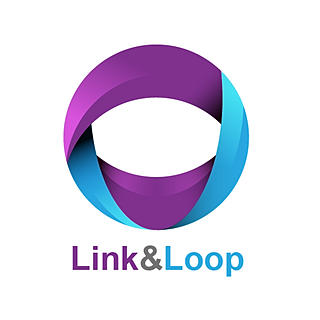Designing in the Circular Economy of Dell
- Link and Loop
- Jan 26, 2019
- 3 min read
Updated: Jul 1, 2020

Dell’s “2020 Legacy of Good Plan”
When speaking of circular economy, an important factor is “design”. In 15 years, there will be an additional 1 billion people in the world. As there are more people, the demand on resources will continue to increase. This implies that we are gradually decreasing our resource supplies. To avoid putting pressure on the environment, corporates and leading companies need to rethink and redesign their patterns for value generation. Dell has started taking actions, by taking a step back and looking at things with different eyes, hoping to be a pioneer in the ICT (Information and Communication Technology) field.
Electronic waste is growing at an alarming speed. It is not only an environmental but also economic issue. Forty million tons of waste are created yearly. Last year, the number even reached fifty million. The main concern lies with the forgotten value of “trash,” this is approximately equal to a 200 million USD loss yearly.
In order to tackle these challenges, Dell is trying to shift the current model around single use products to a circular economy pattern. In 2012, they launched a project called the“2020 Legacy of Good Plan”. This rests on three pillars, namely, environment, community and people. Through renewable energy, reduction of carbon emissions, and material and energy saving, they attempt to create their own circular economy goals. The highlights of this program is that they expect to use more than 45 million kilos of recycled materials in their products; and recycle 2 billion kilos of their goods by the year 2020.

How to Achieve Their Goals?
Before 2020, Dell hopes their packaging can be made from 100% recycled materials, and that those materials are 100% renewable. Through design, Dell, aims to create a process that’s more efficient to reduce waste such as create an easy and accessible recycling system for users.
In 2014, Dell, succeeded in manufacturing the first computer with closed loop plastic. As Ms. Tai mentioned, recycling systems are an essential part besides designing. Fortunately, Dell has operating a free recycling of consuming electronic goods program for over 20 years. By cooperating with a NGO called Good Wealth, there are 2,000 donation locations for consumers to recycle not only products from Dell, but also those from Apple or HP. Dell also checks the quality of the recycled products, if they are deemed good enough, Dell will try to reuse, resell or refurbish them. If they are not in good enough condition, they will send them to their partners for recycling.
Dell has already made some valuable contributions to circular economy knowledge. In the future, they hope to work with their supply chains, value chains and other firms, to keep working towards circular economy. Aiming for more than just corporation social responsibility, they aim to combine their sustainability objective with their commercial strategies.
Concluding Points
- Creativity can lead to circular solutions, from motherboards to jewelry, from ocean waste to computer cases.
- As a pioneer in the field, Dell has pushed the industry forward.
- Dell’s 2020 Legacy of Good campaign engages their entire company and supply chain for lasting circular solutions.
*This is speech summary from the Link and Loop Conference which was edited and compiled by the Link and Loop team. It was written and reported with the best available knowledge from the talk. There may be information discrepancies. Please contact the speaker for clarifications.




Comments